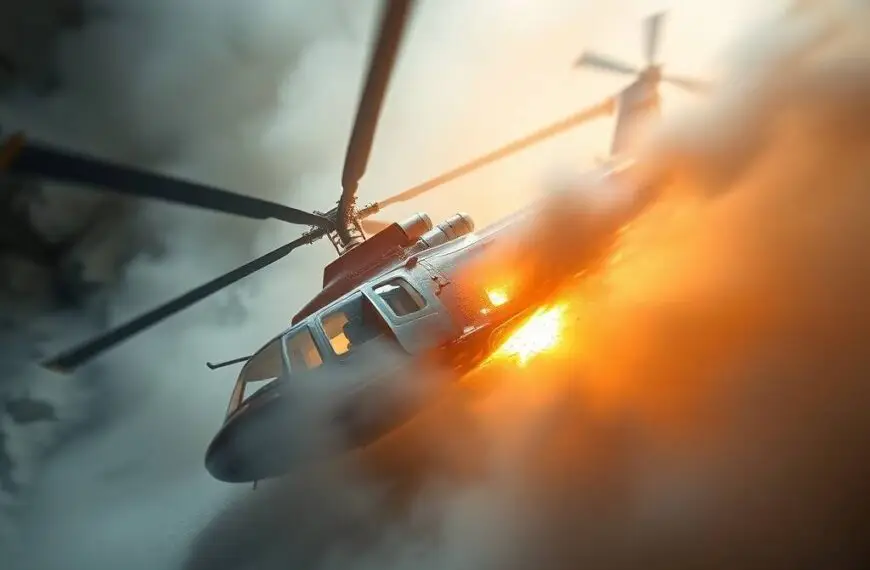
Haryana officers’ transfers have become a focal point of discussion in recent months, raising eyebrows among political analysts, bureaucrats, and citizens alike. Are these frequent reshuffles merely routine administrative adjustments, or do they hint at a deeper, strategic game of inner politics within the state’s governance? This question lingers as the state witnesses an unprecedented frequency of bureaucratic reassignments, prompting curiosity about the motivations driving these decisions.
The administrative machinery of Haryana, known for its robust governance, relies heavily on its officers to implement policies and maintain stability. Yet, the rapid pace of transfers—sometimes occurring within months of an officer’s posting—has sparked debates. Could these moves be a calculated effort to consolidate power, influence key administrative functions, or realign loyalties? Let’s delve into this intriguing phenomenon with a balanced perspective.
Haryana Officers’ Transfers: A Closer Look at the Trend
Haryana officers’ transfers have historically followed a predictable rhythm, often tied to administrative needs or tenure completions. However, recent patterns suggest a departure from this norm. Data from the past two years indicates that over 200 officers, including those in senior positions like deputy commissioners and police superintendents, have been reassigned multiple times, some within mere weeks. This frequency is unusual, even for a state accustomed to bureaucratic reshuffles.
While transfers are a standard administrative tool to ensure efficiency and prevent complacency, the sheer volume and timing of these moves have raised questions. For instance, key officers overseeing critical projects—such as infrastructure development or public welfare schemes—have been shifted abruptly, sometimes without clear replacements. This has led to speculation about whether Haryana officers’ transfers are driven by administrative necessity or political strategy.
Curiously, these transfers often coincide with significant political events, such as elections, policy announcements, or shifts in party dynamics. This temporal alignment fuels theories that the reshuffles are less about routine postings and more about positioning loyalists in key roles or neutralizing potential challenges within the bureaucracy.
Unpacking the Strategic Angle
The term “strategic inner politics” has surfaced in discussions about Haryana officers’ transfers, suggesting that these moves may serve as a tool for consolidating control. In a state with a complex political landscape, where coalition dynamics and regional influences play a significant role, the bureaucracy often becomes a chessboard for power plays. Officers, as implementers of government policies, hold significant sway over how decisions are executed on the ground.
One theory posits that frequent Haryana officers’ transfers allow political leaders to place trusted individuals in sensitive positions, ensuring alignment with the ruling dispensation’s agenda. For example, officers in charge of districts with strategic electoral importance may be reshuffled to influence local governance ahead of polls. While such strategies are not unique to Haryana, the scale and visibility of these transfers have drawn attention.
Another perspective suggests that transfers serve as a mechanism to maintain a delicate balance among coalition partners or factions within the ruling party. By rotating officers, the government may aim to prevent any single group from gaining excessive influence within the administration. This raises a curious question: are Haryana officers’ transfers a proactive governance strategy or a reactive measure to manage internal political pressures?
The Administrative Impact
Beyond politics, the frequent Haryana officers’ transfers have tangible effects on governance. Rapid reassignments can disrupt ongoing projects, delay policy implementation, and create uncertainty among subordinate staff. For instance, a deputy commissioner overseeing a rural development initiative may struggle to see it through if transferred mid-project. This discontinuity can erode public trust in the administration’s ability to deliver consistent results.
Moreover, officers themselves face challenges adapting to new roles in quick succession. The learning curve associated with understanding a new district’s dynamics or managing a different department can hinder efficiency. While seasoned officers may navigate these transitions with relative ease, the cumulative effect of frequent transfers can strain the administrative machinery.
Interestingly, some argue that rapid transfers keep officers on their toes, preventing complacency and fostering adaptability. However, this view is countered by concerns that constant reshuffling undermines long-term planning and accountability. The question remains: do Haryana officers’ transfers enhance administrative dynamism or create unnecessary turbulence?
Voices from the Ground
Stakeholders across Haryana have varied opinions on the issue. Some bureaucrats, speaking anonymously, express frustration over the unpredictability of transfers, noting that it hampers their ability to build rapport with local communities. Others see it as an inherent part of public service, where adaptability is a core requirement. “Haryana officers’ transfers are part of the job,” one senior official remarked, “but the frequency can sometimes feel disruptive.”
Political observers, meanwhile, point to historical precedents. Haryana’s political history is replete with instances of bureaucratic reshuffles tied to electoral strategies or power consolidation. Yet, the current scale of transfers appears to set a new benchmark, prompting analysts to question whether this reflects a broader shift in the state’s political culture.
Citizens, too, have taken note. Social media platforms, including posts on X, reveal public curiosity about the motives behind these transfers. Some users speculate about political favoritism, while others call for greater transparency in the transfer process. This public discourse underscores the need for a balanced examination of Haryana officers’ transfers and their implications.
A Call for Transparency
To address the speculation surrounding Haryana officers’ transfers, greater transparency in the transfer process could be a step forward. Publicly available guidelines on the criteria for transfers—whether based on tenure, performance, or administrative needs—could dispel perceptions of political manipulation. Additionally, ensuring that key projects are insulated from disruptions caused by transfers could bolster governance efficiency.
Some experts suggest that an independent oversight mechanism could review transfer decisions to ensure fairness and alignment with public interest. Such measures could mitigate concerns about strategic inner politics while reinforcing trust in the administrative system.
Curiously, the state government has remained tight-lipped on the rationale behind recent transfers. Official statements often cite “administrative exigencies,” but these vague explanations do little to quell speculation. Could a more open dialogue about Haryana officers’ transfers help bridge the gap between perception and reality?














